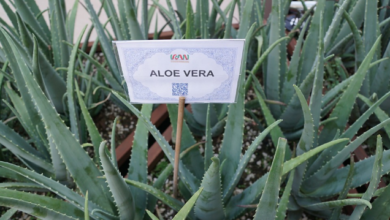Aphids: [Characteristics, Effects, Detection and Treatment]
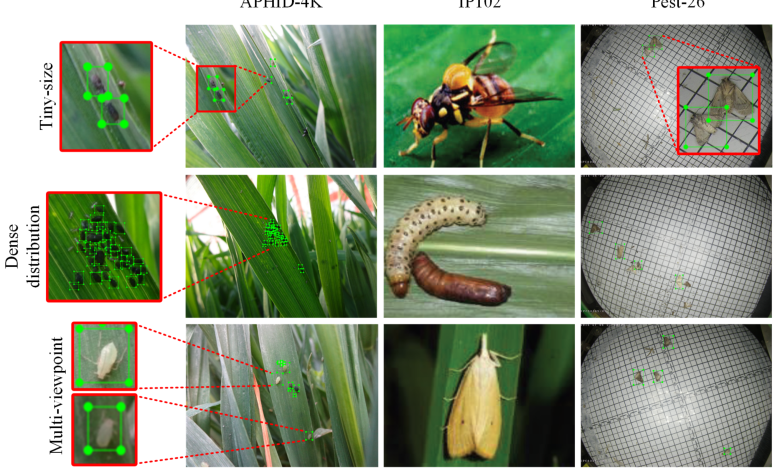
What are aphids?
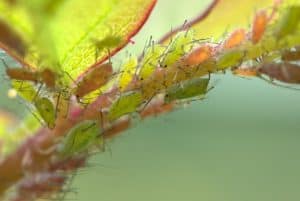 Aphids or aphids constitute a superfamily formed by insects of the phytopathogenic type and of which only the Aphididae group belong to more than 4000 species of the animal kingdom.
Aphids or aphids constitute a superfamily formed by insects of the phytopathogenic type and of which only the Aphididae group belong to more than 4000 species of the animal kingdom.
According to its etymological concept, aphids are homopterous insects whose food is obtained from plant materials, forming very harmful pests.
Aphids or aphids are insects of 2 to 3 mm that develop very quickly, forming colonies on the underside of the leaves of flower buds and are easily visible on young shoots. Generally, they are green, black, brown, red, pink, but they can also appear in some other color.
Some aphids may have wings, but others may not, and during their productive period they can generate between 40 and 85 offspring. A characteristic of aphids is that they spend part of their development on one host and the rest of their life on another.
Some feed on the foliage, others on the twigs and branches, flowers or fruits, and other aphids feed on the roots. Some more common aphids are the “ green peach aphids, melon aphids, tulip aphids, giant bark aphids, white pine aphids, and rose aphids”.
A couple of these insects on some leaves can be normal, if the plant ‘s environment is healthy, but with these small invertebrates you have to be very careful because if they have favorable conditions they become a pest that forces you to take very drastic measures.
How do aphids affect plants?
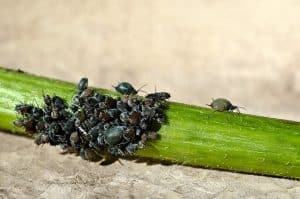 As sucking insects, the aphids cause the yellowing of the leaves, as well as their deformation and also that of the young shoots.
As sucking insects, the aphids cause the yellowing of the leaves, as well as their deformation and also that of the young shoots.
Aphids damage the plants that host them by sucking their juices, causing mistreatment of their leaves that turn yellow and stunt their growth.
Viruses transmitted by aphids while they suck the sap from the plant can cause molting (shedding of the insect’s outer skin); yellowish color or low yield both in various vegetables and ornamental plants.
How can we detect them?
It is convenient to observe the plants more closely during the spring and summer. It is a common pest in those periods and more common when there is dryness in the environment or an excess of fertilizers.
The presence of aphids in crops can be easily detected because they produce and leave behind a sticky, sugary residue called honeydew.
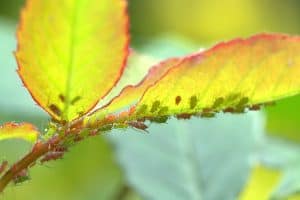 This substance or molasses can attract ants and be a mechanism for fungal growth on plant surfaces.
This substance or molasses can attract ants and be a mechanism for fungal growth on plant surfaces.
Aphids can transmit harmful viruses to plants, injecting them while foraging.
How can we combat aphids?
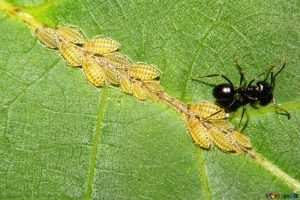 Effective aphid control has been a problem for homeowners and landscape managers for many years.
Effective aphid control has been a problem for homeowners and landscape managers for many years.
But, various biological, physical, chemical and organic treatments and controls have been developed that can help eliminate and prevent the presence of aphids on plants.
However, it is best to go to a specialist when it comes to eliminating its presence in large crops. Gardeners, horticulturists and experts in the field recommend knowing and learning other simple and simple techniques, available to everyone, to combat aphids.
Among these techniques, the following are recommended:
- Monitor flower buds, stems, and young shoots to identify early infections.
- Check the back of the sheets frequently.
- Monitor temperatures that make aphids most active, between 65° to 80° F.
- Avoid excessive use of nitrogenous fertilizers, which aphids love. In case of using them, only the amount recommended on the fertilizer label should be placed.
- Grow vegetable sprouts under protective covers in the garden or inside a greenhouse.
- On mature, robust plants, aphids can be flushed out with a strong stream of water, breaking their sucking mouthparts and preventing them from feeding.
- In dense tree canopies, pruning is recommended to minimize aphid habitat. Prune leaves and stems of the plant that are infested.
- You can also try to knock down or knock down aphids by shaking the plants or spraying them with a strong stream of water.
- Cover the seedlings with aluminum foil.
- Wait for the hot season to arrive, since aphids do not tolerate these environmental temperatures.
- Support and provide a habitat for insects that feed on or are predators of aphids, such as lady beetles, parasitic wasps, and lacewings. For this it is necessary to use broad-spectrum insecticides, and try to make the nectar available throughout the season.
- Before considering using insecticides to combat aphids, it is necessary to do a home treatment using natural soap and oils.
- If the use of chemical pesticides is required, the instructions on the form and quantity to be applied must be followed and that they are intended to combat aphids.
What crops are affected by aphids?
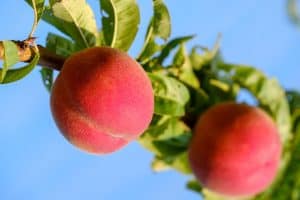 Aphids affect a large number of crops, but there will be aphids in case of crops such as: flowering plums, roses, tulip trees, Jupiter or crepe trees, apple trees and many vegetables.
Aphids affect a large number of crops, but there will be aphids in case of crops such as: flowering plums, roses, tulip trees, Jupiter or crepe trees, apple trees and many vegetables.
They attack vegetables, green peach aphids usually overwinter at the egg stage on stone fruits such as plums and peaches while potato aphids overwinter on roses.
Aphids can also be found on pepper crops, mainly in mid-summer. Cabbage aphids are troublesome on most brassica-type plants, especially Brussels sprouts.
In the case of squash, squash and other cucurbits, aphids suck the juices from the leaves and fruits and transmit virosis (mosaic), causing malformations, low yields and lower fruit quality.
Bibliography and references
- Bent Ana. (2019). Great Book of Indoor Gardening. First edition. Servilibro Editions, SA Madrid-Spain. Chapter 4, PP 167-185.
digital database
- NPIC.orst.edu. Aphids. National Pesticide Information Center. Reproduced from: http://npic.orst.edu/pest/aphid.es.html
- IPM.UCANR.edu. Aphids or Aphids. California Natural Resources University. Reproduced from: http://ipm.ucanr.edu/QT/aphidscardsp.html
- University of Illinois Extension. aphid. Reproduced from: https://web.extension.illinois.edu/bugreview_sp/aphids.cfm
- EcuRed . aphid. Reproduced from: https://www.ecured.cu/Pulg%C3%B3n
- Bayergarden.es. Aphid pests. Reproduced from: http://www.bayergarden.es/Cuida-de-tus-plantas/Plagas-del-Jardin/Plagas-de-Pulgones.html

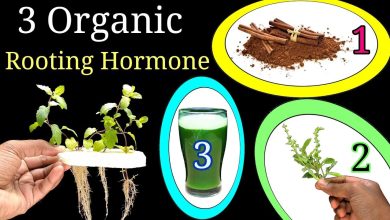
![Photo of Fertilize Strawberries: How to do it? Because is good? [Homemade Compost]](https://www.complete-gardening.com/wp-content/uploads/2021/06/sembrar-fresas-5-1-390x220.jpg)
![Photo of Prune Hibiscus: [Importance, Time, Tools, Considerations and Steps]](https://www.complete-gardening.com/wp-content/uploads/2022/08/prune-hibiscus-importance-time-tools-considerations-and-steps-390x220.jpg)
